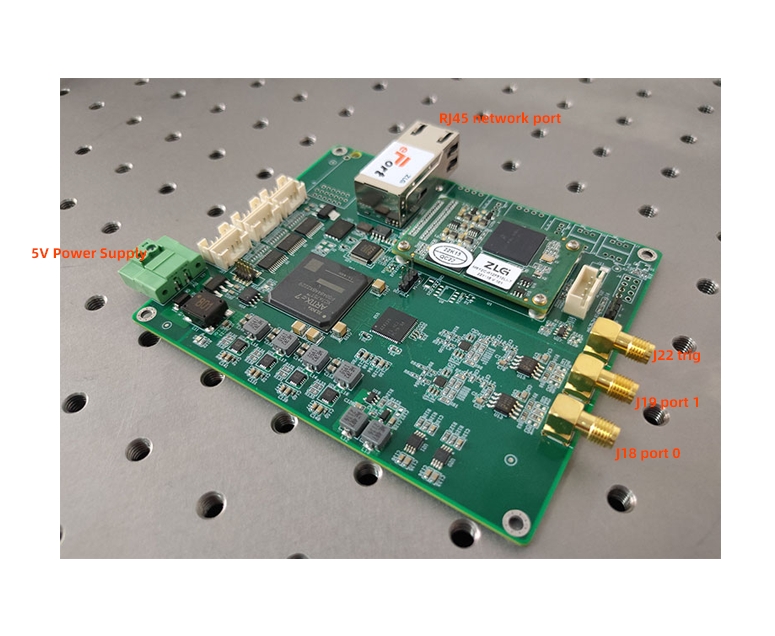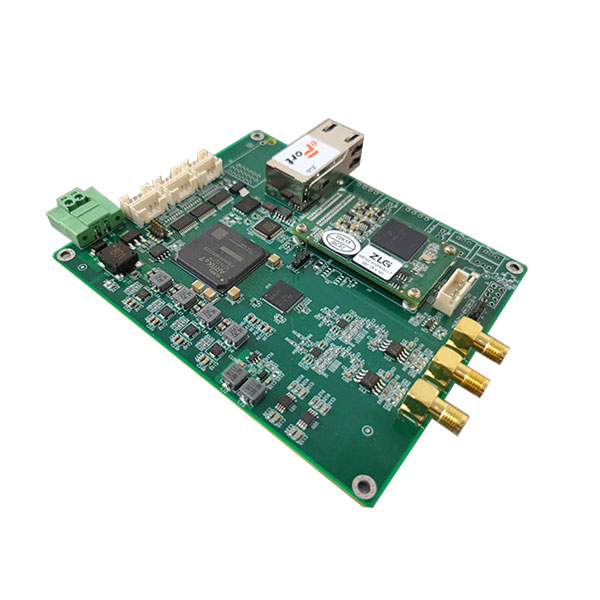DTS Data Acquisition Card
The Distributed Temperature Sensing System (DTS) uses a data acquisition card that is different from a general-purpose continuous acquisition card. The DAQ acquisition card for the DTS works by triggering a pulse and then acquiring it. Because it is a DTS-specific data acquisition card, so the FPGA interface rights inside the acquisition card, we did not open to the user, the user can only be used through the Ethernet port (RJ45) to communicate with the protocol of TCP.

Sampling rate of DTS data acquisition card
Common DTS data acquisition cards have sample rates of 100M, 200M, 250M, and more advanced 500M as well as 1G.
Pulse output and input
The DTS data acquisition card has built-in pulse outputs and inputs, and the choice of triggered outputs or inputs is configured by your call function.
The output pulse frequency itself has no upper or lower limit, but its upper limit is determined by the length of the fiber optic cable.
The minimum pulse width is one sample point, e.g. 5ns@200MSPs, there is no upper limit to the pulse width, but typical values are e.g. 100ns
Output communication interface
The DTS capture card uses an Ethernet port (RJ45) for output communication, and the communication protocol is TCP/IP.
Input Channel
The capture card has 2 input connectors. It can be used to receive 2 channels of analog signals with SMA connectors.
integrated algorithm
The acquisition card has a built-in cumulative averaging algorithm with a maximum averaging count of 65,536.

The GY-DTS-X is a special DAQ card for DTS system,With 100/200/250MSps sampling rate. It adopts 100Mbps network port for data transmission,Built-in averaging function with a high signal-to-noise ratio. the maximum number of averaging can be up to 65536 times.
